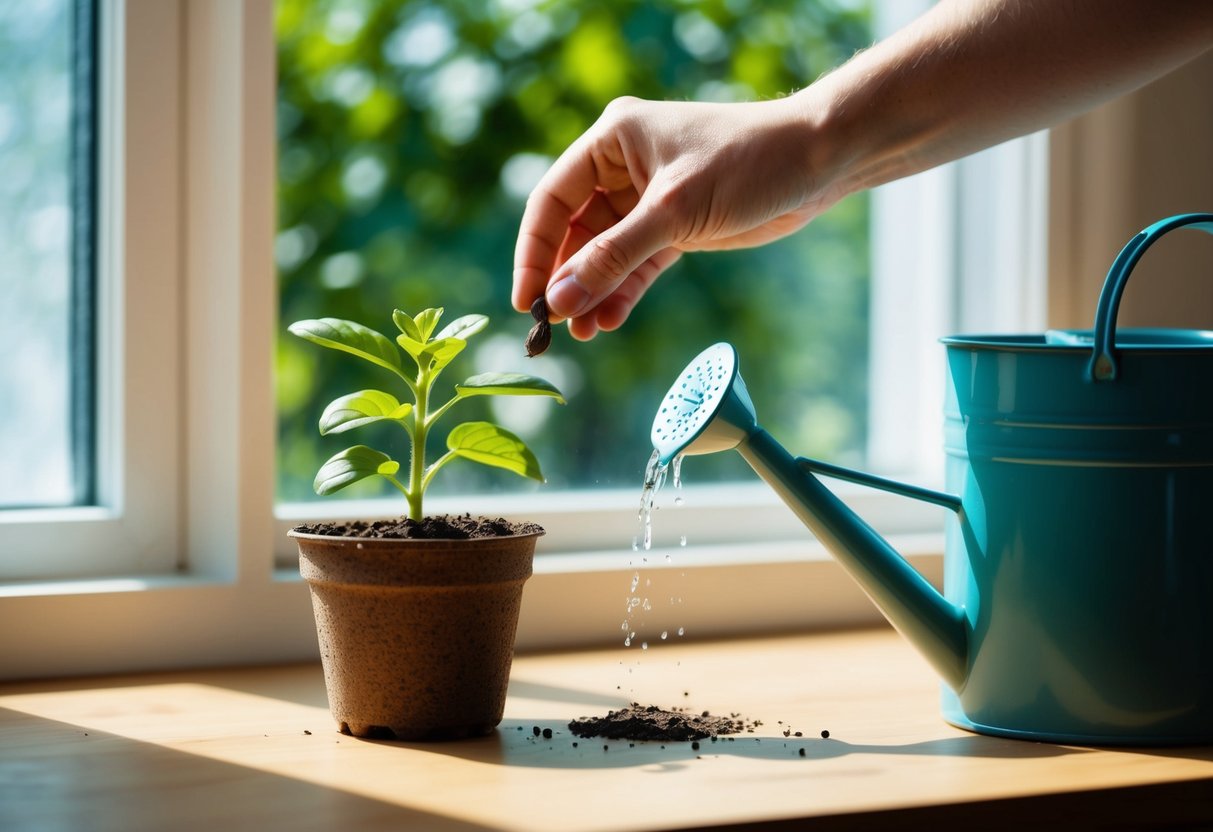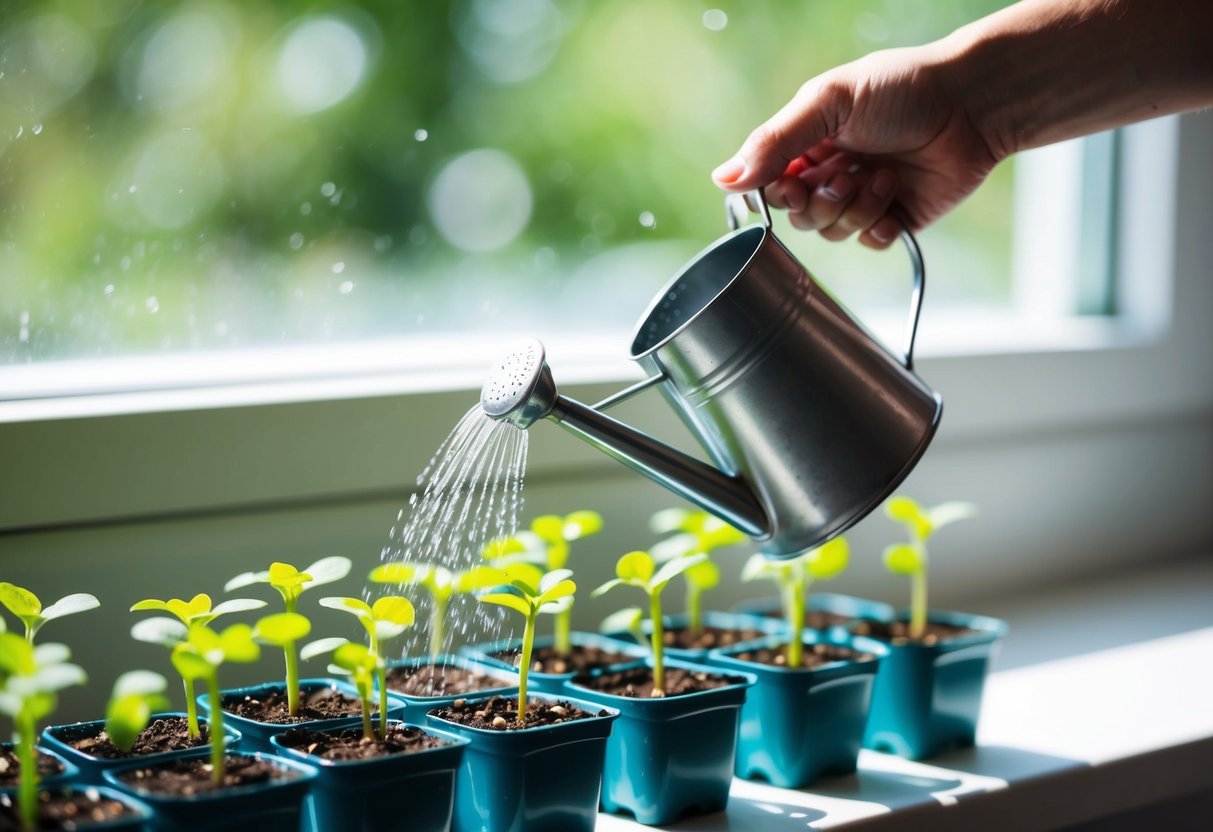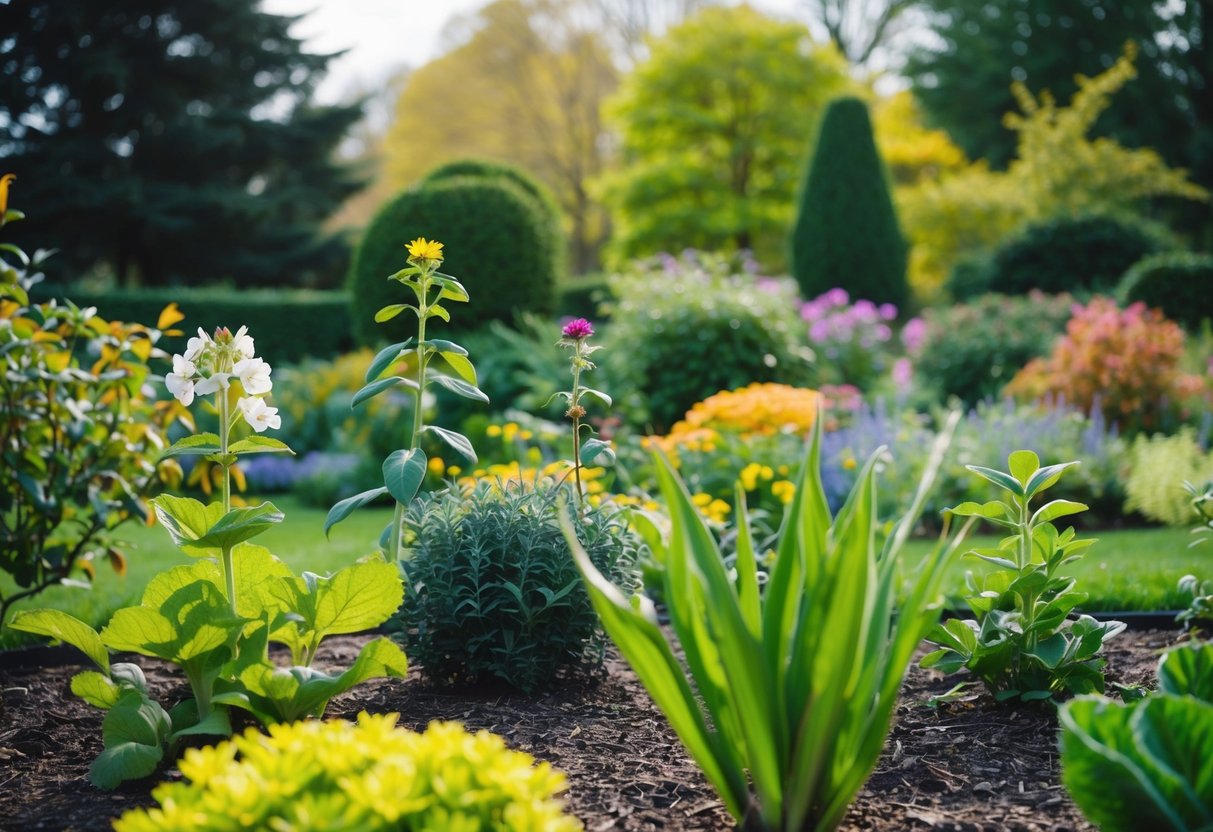Can You Plant Seeds Anytime? A Guide to Seasonal Planting
Planting seeds can be both a relaxing and rewarding activity. If you’re wondering whether you can plant seeds anytime, you might be surprised to learn that timing is key for success. You cannot plant seeds anytime because it depends on the type of plant and your local climate conditions.

Gardening enthusiasts know that each plant has its own preferred time for planting. Many seeds need specific temperatures to germinate and grow well.
For example, some seeds prefer warmer weather, while others need cooler soil to start thriving. Understanding the right season for each type of seed will help your garden flourish.
It’s important to know your area’s frost dates and climate conditions. For those growing plants indoors, you have more flexibility.
Using tools like a seed-starting schedule can be a great way to plan when to start seeds indoors or outdoors. Whether you’re a seasoned gardener or just starting, knowing the right time to plant seeds is crucial for a successful garden.
Understanding Seed Starting Basics

Starting seeds requires a little planning and knowing when to plant and what materials to use. Picking the right time can make a big difference in the success of your gardening efforts.
The Right Time for Planting Seeds
Timing is crucial for growing seeds. You can usually find the best planting times on seed packets. These packets will tell you when to start seeds indoors or directly plant them outside.
Some seeds, like tomatoes, should start indoors a few weeks before the last frost date. Others, like lettuces, may prefer cooler times and can be sown directly in the garden.
Keep the temperature between 60-75°F during the day and 55-65°F at night. This helps avoid stress from temperature changes that can harm plants.
Selecting the Correct Seed Starting Materials
Choosing the right materials impacts how well your seeds grow. A good seed starting mix provides proper drainage and aeration, allowing roots to breathe and grow effectively. Avoid using regular potting mix, as it might not drain well enough.
Seed starting trays or peat pots are perfect for small seedlings because they help prevent root disturbance. Transfer them easily without harming the plant.
Moistening your soil mix like a damp sponge ensures it’s not too soggy. Seed packets will often suggest the exact depth and spacing for planting, so follow those carefully.
Using these materials will give your seeds the best start possible.
Preparation and Procedure

Growing plants from seeds can be a rewarding experience if you prepare and follow the right techniques. From starting seeds indoors to understanding germination, each step is crucial to ensuring your seeds will grow into healthy plants.
Starting Seeds Indoors
Starting seeds indoors gives you greater control over growing conditions. First, pick a container such as seed trays or biodegradable pots. Add a seed-starting mix and moisten it evenly. Do not soak the soil; it should feel like a damp sponge.
Plant seeds at the recommended depth as specified on the seed packet.
Place the tray under a grow light to provide ample light each day. A humidity dome can help maintain moisture levels, creating a more stable environment for your seeds to germinate.
Checking the soil moisture daily is important to avoid drying out or oversaturating the seeds.
Germination Factors to Consider
For successful germination, monitor soil temperature closely. Seeds like warmth, so aim for temperatures between 65°F to 75°F. If needed, use a heat mat to maintain a consistent, warm environment.
Proper lighting also plays a key role. Ensure that the grow light is positioned a few inches above the seedlings and adjust it as they grow.
Adequate light and temperature give your seeds the best chance to sprout successfully.
Monitoring humidity and air circulation ensures that the seeds stay healthy and free from mold. Pay attention to these details to boost your chances of growing strong and vibrant plants.
Caring for Seedlings Before Transplanting

Proper care of seedlings before transplanting is crucial to their success. By hardening off seedlings and managing soil and water wisely, you prepare them for the outdoors. This ensures they are strong and able to thrive in their new environment.
Hardening Off Seedlings
Hardening off is an important step to help your seedlings adjust to outdoor conditions. Gradually introduce them to the elements by placing them outside for a few hours each day.
Start with a shady spot and increase sun and wind exposure over a week or two.
This gradual change allows seedlings to develop thicker leaves and stems. It helps reduce transplant shock, giving them a better chance to thrive in their new location.
For sensitive plants like watermelon, this step can be critical for healthy growth. Remember to keep an eye on the weather and protect your seedlings from extreme conditions during this period.
Managing Soil and Water for Young Plants
Choosing the right potting soil is essential for seedlings. Use a light, well-draining mix that retains moisture without becoming waterlogged.
This helps to ensure roots can grow properly without the risk of rot.
Watering your seedlings requires careful attention. Keep the soil consistently moist, but not soaking wet.
It’s better to water in the morning, allowing excess to evaporate during the day. This reduces the risk of disease and prepares seedlings for life outdoors. If you’re growing delicate plants like watermelon, these steps can help your seedlings transition smoothly to the garden.
Timing Your Planting with the Seasons

Timing is essential for successful gardening. Planting at the right time can lead to healthier plants and a more bountiful harvest. Knowing your local frost dates and using a planting calendar are helpful tools in planning your planting schedule.
Understanding Frost Dates
Frost dates are important in gardening because they help you determine the best times for planting seeds. The last frost date refers to the average date of the last frost in spring, while the frost-free date marks the start of a period when frost is unlikely.
Knowing these dates helps you avoid planting too early or too late.
Using these dates ensures your plants are not damaged by unexpected frost.
Many gardeners start seeds indoors 6-8 weeks before the last expected frost. This allows seedlings to develop strong roots before transplanting outdoors. For more information, some gardeners use local frost calendars to guide their planting schedule.
Using a Planting Calendar
A planting calendar is a useful tool for organizing your gardening tasks. It helps you plan when to start seeds, transplant seedlings, and harvest crops based on your region’s climate.
Many calendars offer guidelines on the best planting times for different plant types, ensuring optimal growth conditions.
To create your own calendar, list key tasks like starting seeds indoors, hardening off plants, and transplanting. This approach helps you keep track of each plant’s individual needs.
There are also ready-made planting calendars available online, or you can use a seed starting chart for easy planning. Just adjust the dates according to the last expected frost in your area.
Specific Plant Considerations

Taking care of your garden involves understanding what different plants require. Vegetables, flowers, and herbs each have their own needs, from planting depth to ideal soil conditions, which are crucial for successful growth.
Vegetables: From Leafy Greens to Root Crops
When planting vegetables, timing is key. For cool-season crops like lettuce, broccoli, and spinach, start seeds early to thrive in cooler weather.
Root vegetables such as carrots and radishes prefer sowing directly where they will grow, as they don’t transplant well.
Warm-season vegetables like tomatoes, peppers, and cucumbers need warmer soil temperatures to germinate. It helps to start them indoors or in seed containers if you want a head start before the last frost. Use plant markers to keep track of your seedlings.
Peas and squash can also be direct sown but should wait until the soil has warmed sufficiently.
Remember, each type of vegetable has a unique planting depth and spacing requirement, so checking seed packets for specifics will help optimize growth.
Starting Flowers and Herbs
Start flowers like cosmos and asters to add vibrant color to your garden. These flowers often prefer direct sowing after any chance of frost has passed. Some flowers may benefit from indoor seed starting. Keep an eye on planting depths, as they vary between species.
For herbs like basil and oregano, early spring is usually a good time to get started indoors. They like warmth and plenty of sunlight, so a sunny windowsill or grow lights can be helpful. Herbs generally need less water than vegetables, so avoid overwatering.
Using seed containers with proper drainage ensures that your herbs and flowers develop strong root systems. Also, placing plant markers will help you keep organized as you plant a variety of flowers and herbs.







